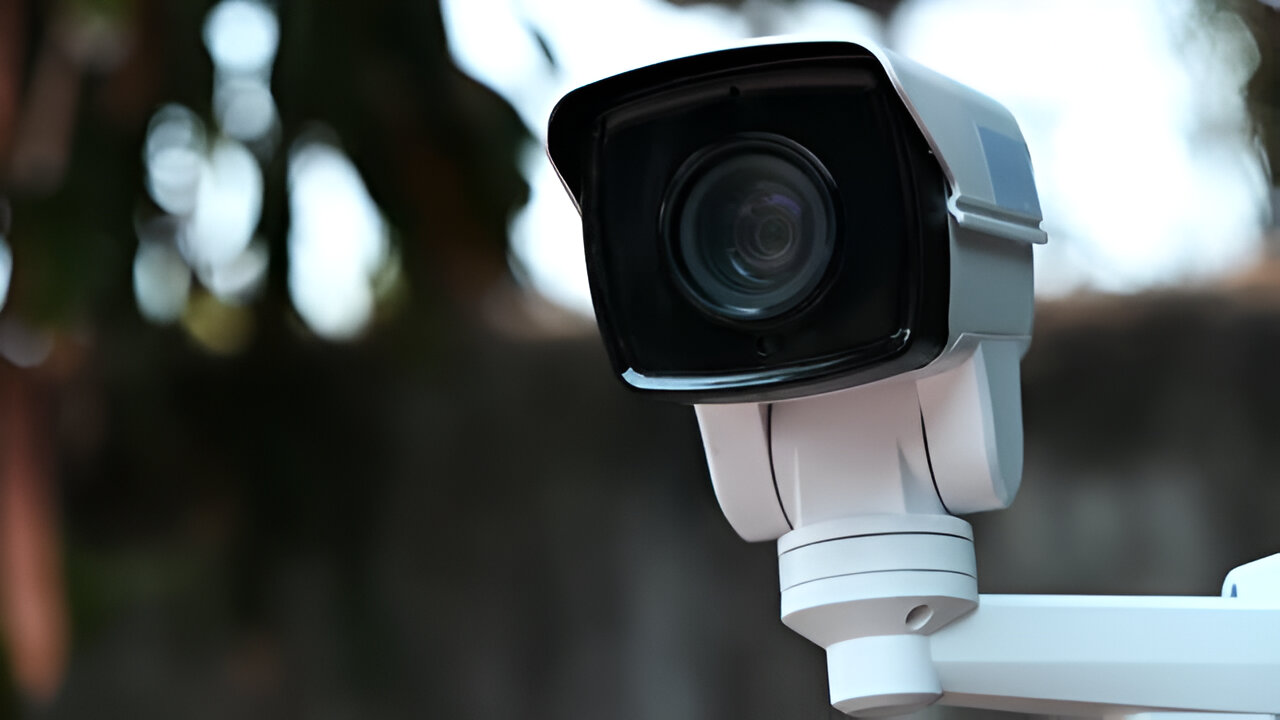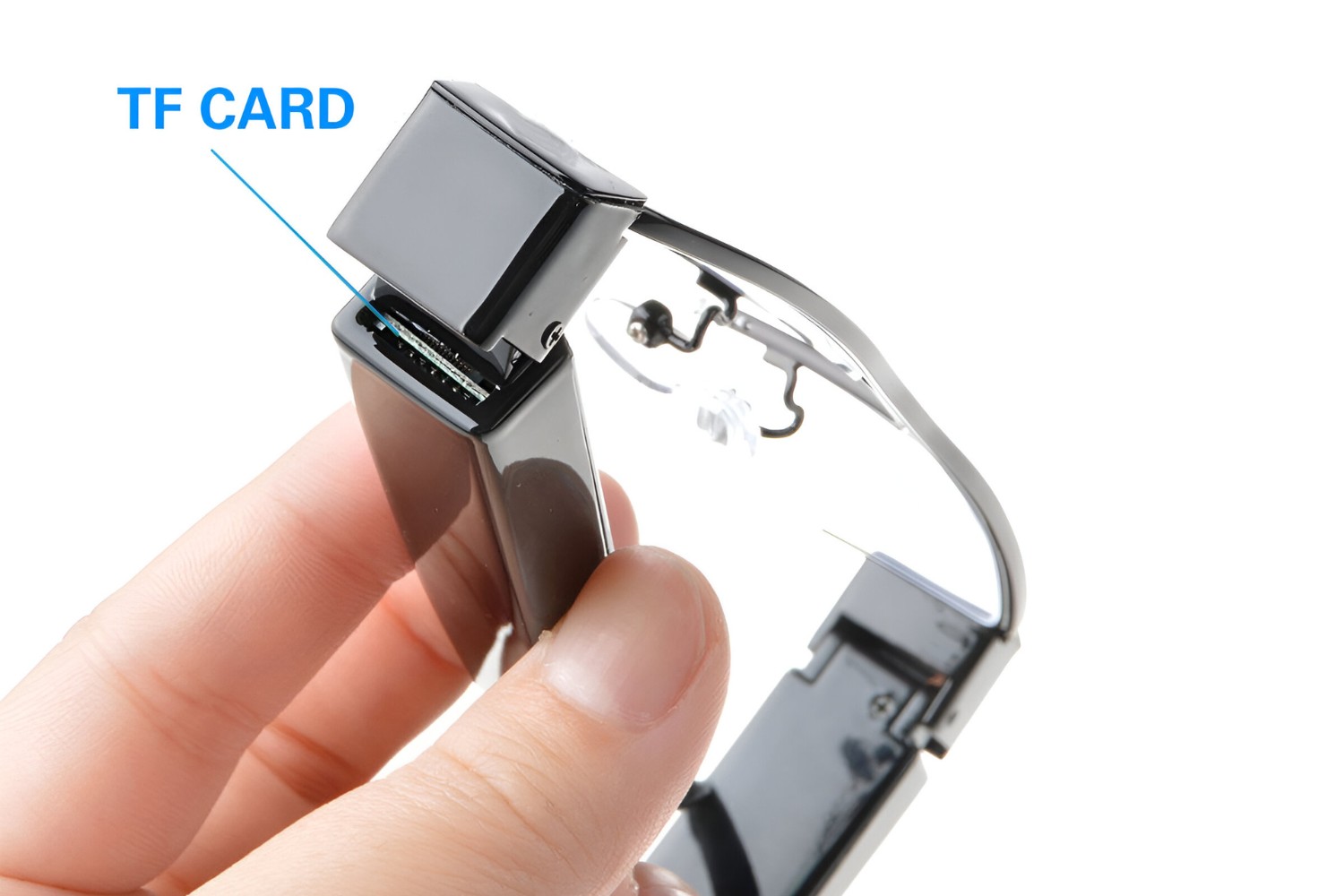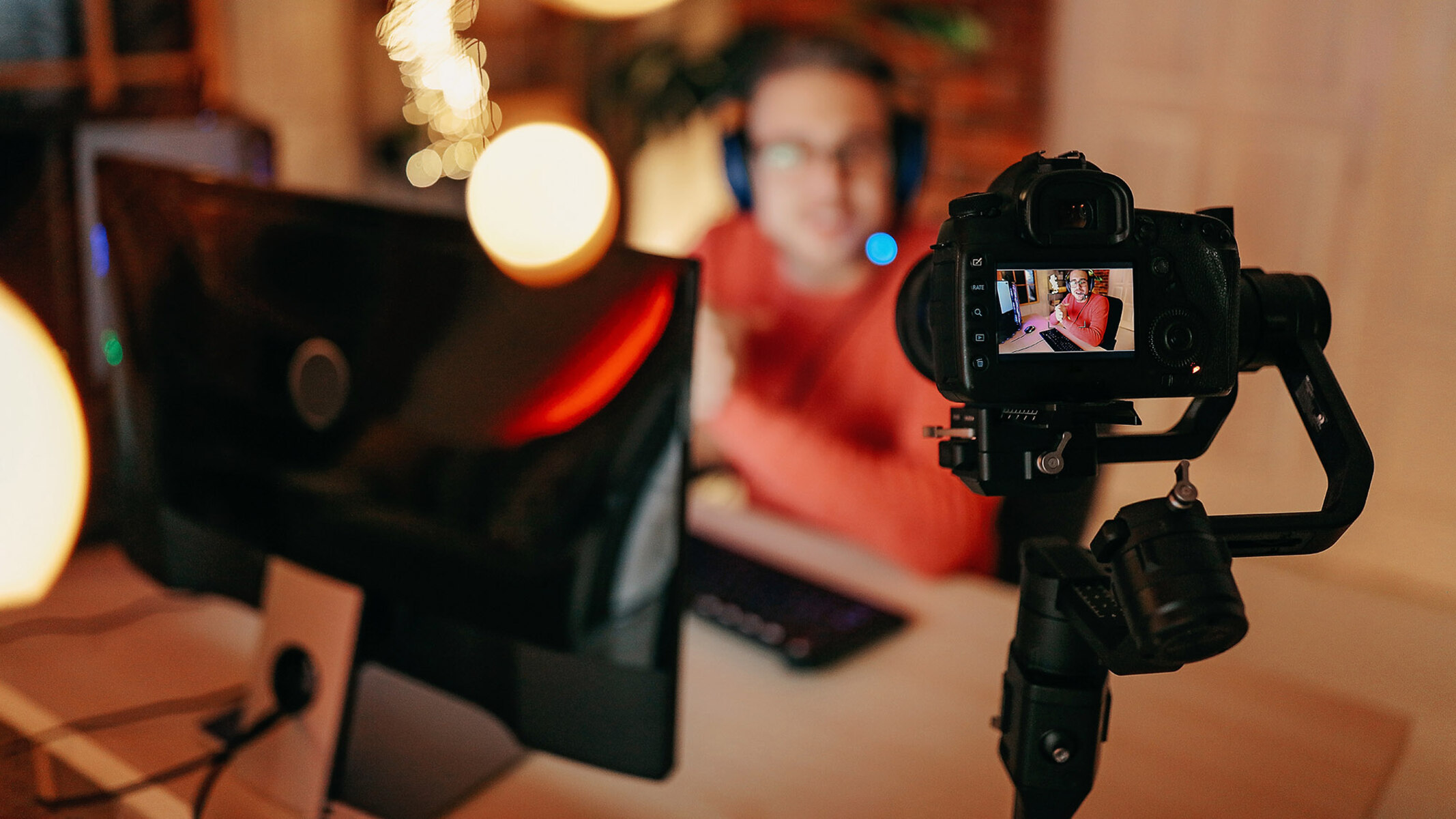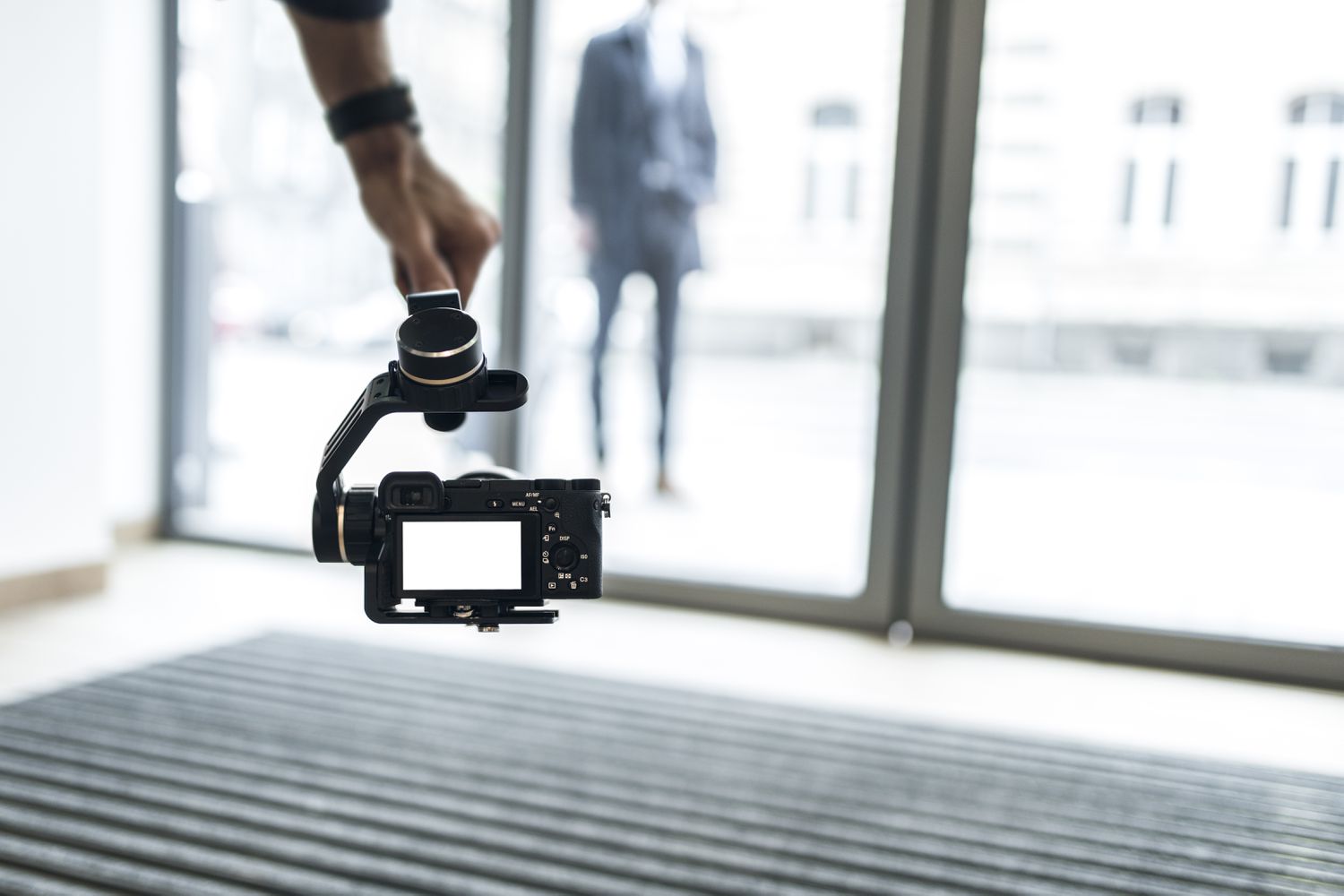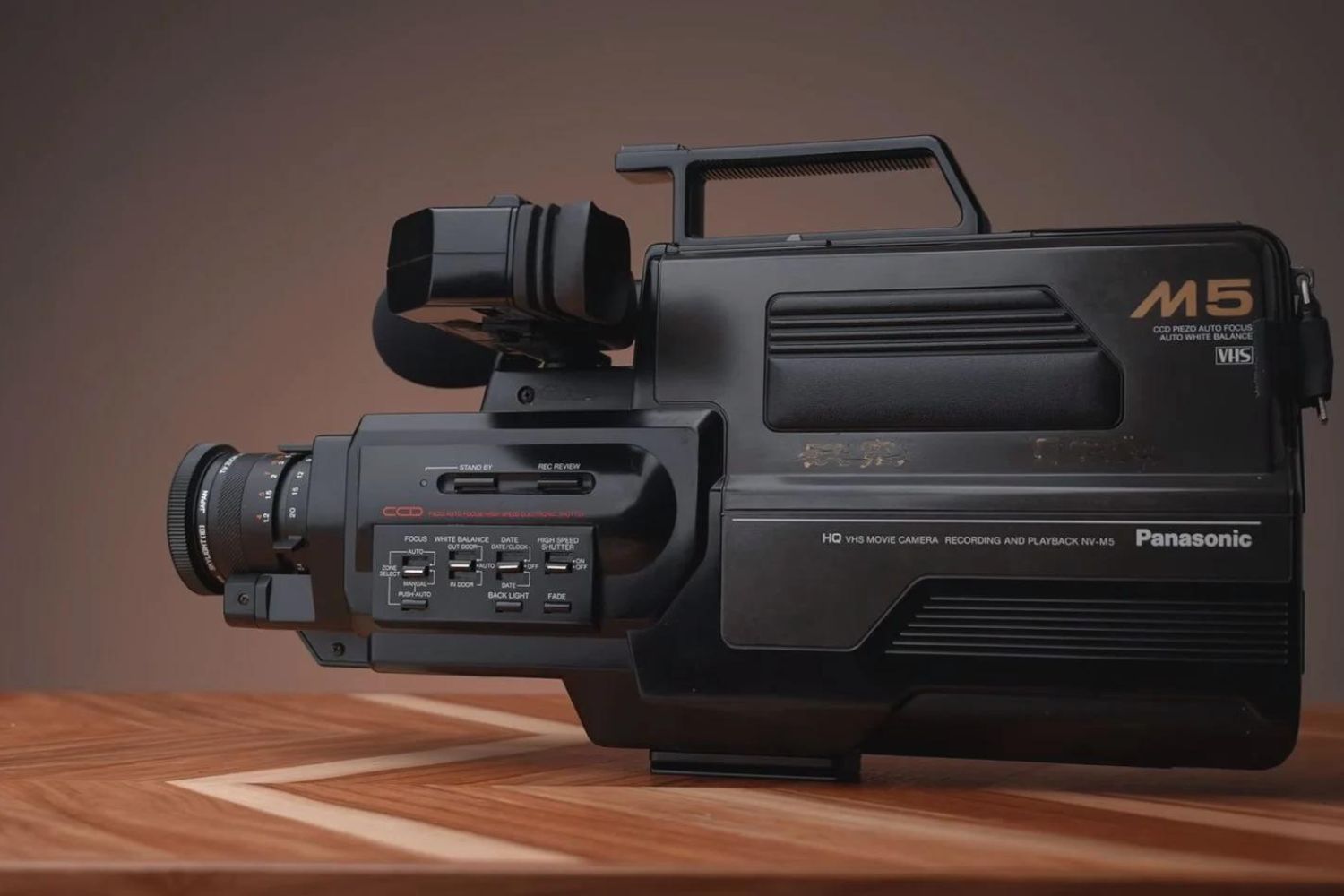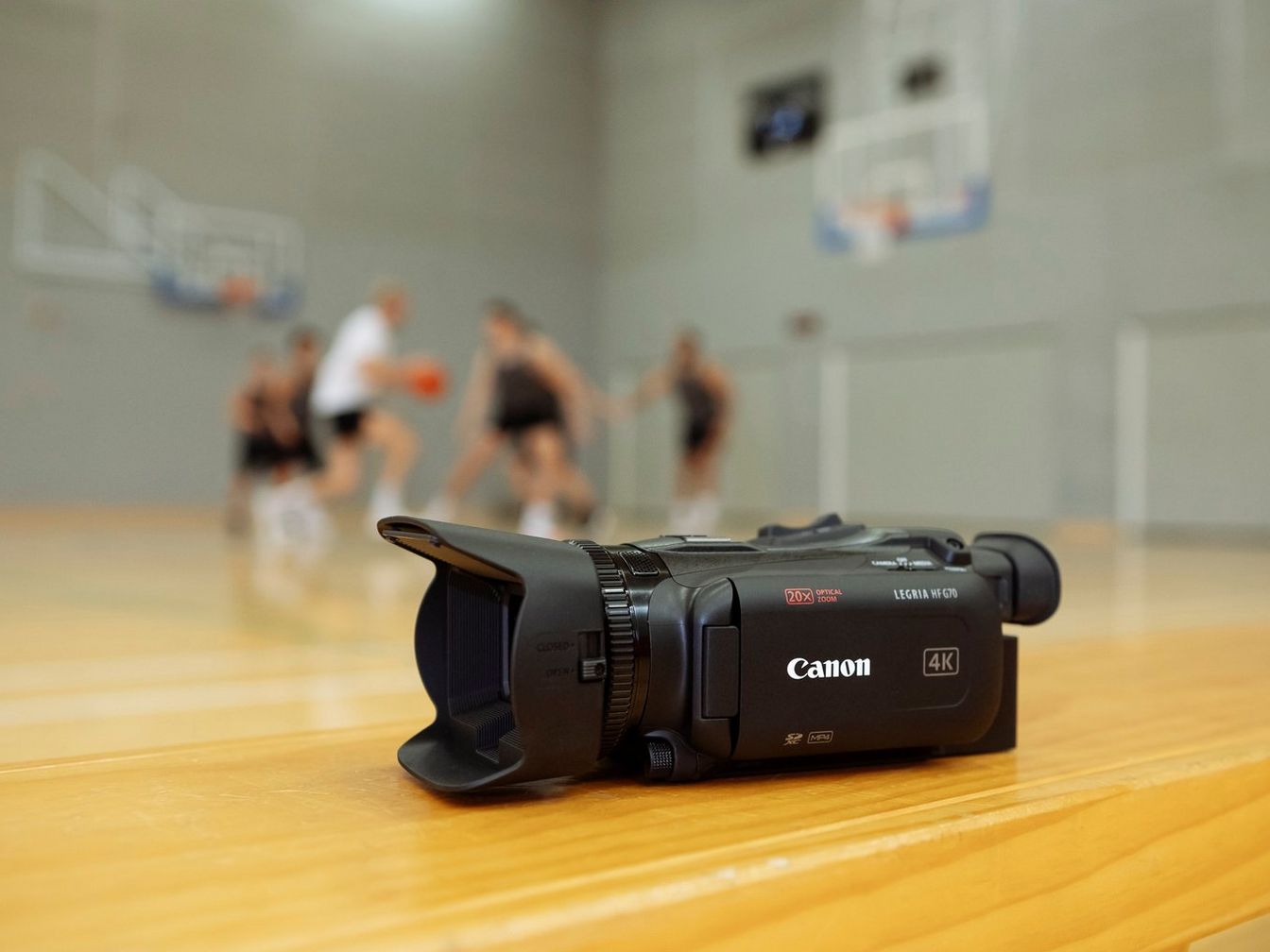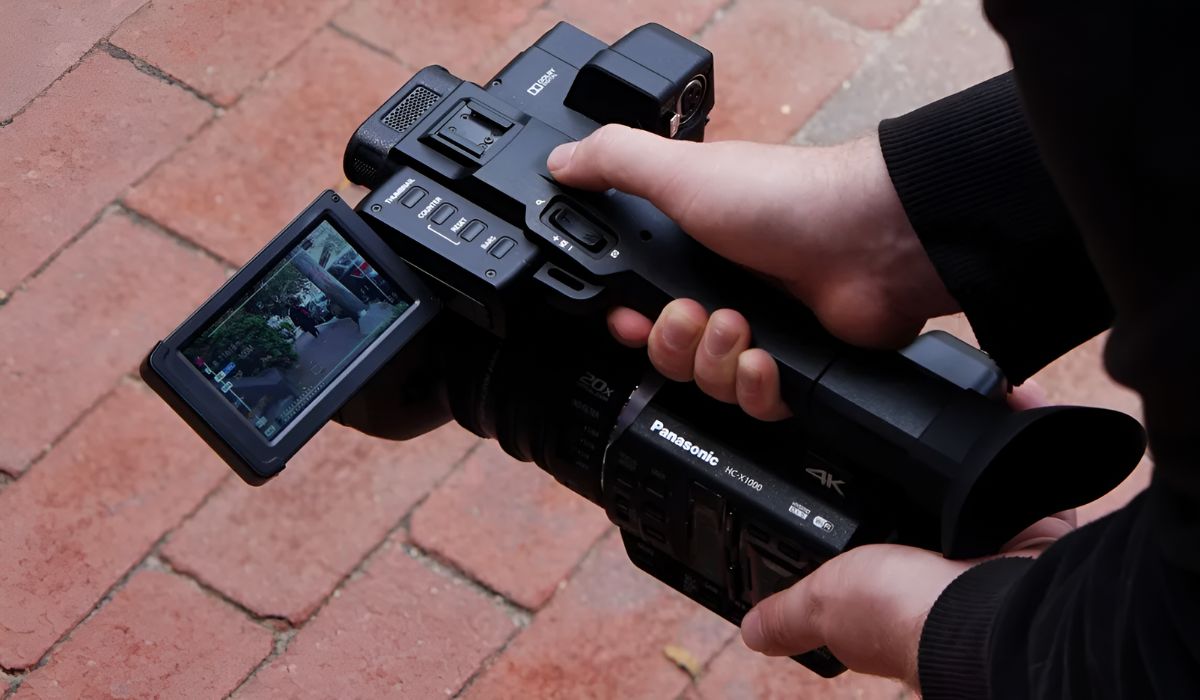Introduction
Are you looking to bolster your home or office security without breaking the bank? If so, you may be surprised to learn that your trusty video camcorder can be repurposed as an effective security camera. This innovative approach not only provides a cost-effective solution but also allows you to make use of existing equipment in a new and practical way.
In this comprehensive guide, we will walk you through the step-by-step process of transforming your video camcorder into a reliable security camera. Whether you have an old camcorder gathering dust or are considering purchasing one for this purpose, this tutorial will equip you with the knowledge and skills to set up a functional surveillance system tailored to your specific needs.
By repurposing a video camcorder as a security camera, you can take advantage of its built-in features, such as motion detection, night vision, and high-quality video recording capabilities. This approach offers a budget-friendly alternative to traditional security systems, allowing you to monitor your property with minimal investment.
As we delve into the details of this transformation, you will discover the versatility and potential of your video camcorder, unlocking a new realm of possibilities beyond its original intended use. With a few simple adjustments and strategic placement, you can harness the full potential of your camcorder to enhance the security and surveillance measures in your home or workplace.
Stay tuned as we explore the selection, setup, and optimization of your video camcorder for security purposes. Whether you are a tech enthusiast, a frugal homeowner, or a small business owner seeking practical security solutions, this guide will empower you to leverage your video camcorder as a formidable tool in safeguarding your surroundings. Let's embark on this transformative journey and unlock the hidden potential of your video camcorder as a reliable security camera.
Step 1: Selecting the Right Video Camcorder
Before embarking on the transformation of your video camcorder into a security camera, it is crucial to choose the right device for this purpose. While newer models often come equipped with advanced features, even older camcorders can serve admirably as security cameras with the right specifications.
When selecting a video camcorder, consider the following key factors:
- Resolution: Opt for a camcorder with at least 720p HD resolution to ensure clear and detailed footage, facilitating effective surveillance.
- Low-Light Performance: Look for a model with superior low-light capabilities or infrared night vision to maintain visibility in dimly lit or nighttime environments.
- Power Source: Determine whether the camcorder operates on batteries, AC power, or both, based on your intended placement and power supply availability.
- Audio Recording: Consider whether audio recording is necessary for your security needs and ensure that the chosen camcorder supports this feature if required.
- Connectivity: Assess the connectivity options of the camcorder, such as HDMI, USB, or Wi-Fi, to facilitate seamless integration with monitoring devices or recording equipment.
Additionally, evaluate the camcorder’s motion detection capabilities, storage options, and any built-in security features that may enhance its suitability for surveillance purposes. Keep in mind that a camcorder with a robust zoom function can be advantageous for monitoring specific areas or points of interest within your property.
Whether you opt for a compact handheld camcorder or a more robust professional-grade model, prioritize reliability, durability, and ease of operation. By carefully considering these factors, you can select a video camcorder that aligns with your security objectives and is well-suited for repurposing into a dependable security camera.
Step 2: Setting Up the Camcorder
Once you have chosen the appropriate video camcorder for your security surveillance needs, the next step is to set it up for its new role as a dedicated security camera. This process involves configuring the camcorder’s settings, power source, and physical placement to optimize its functionality in a surveillance capacity.
Here are the essential steps to set up your video camcorder:
- Power Source: Determine the power source for your camcorder, whether it is battery-powered, requires an AC adapter, or features both options. Ensure that the chosen power supply method aligns with the camcorder’s placement and the availability of power outlets in the intended surveillance area.
- Mounting or Placement: Position the camcorder in a strategic location that provides an optimal view of the area you wish to monitor. Consider factors such as line of sight, coverage angle, and potential obstructions when selecting the mounting spot for the camcorder.
- Stability and Security: Securely mount the camcorder using a tripod, mounting bracket, or other suitable fixtures to ensure stability and minimize the risk of tampering or accidental displacement.
- Settings Configuration: Access the camcorder’s settings menu to configure relevant parameters such as resolution, frame rate, motion detection sensitivity, and any security features that enhance its surveillance functionality.
- Orientation and Angle Adjustment: Adjust the camcorder’s orientation and angle to achieve the desired field of view, ensuring that the monitored area is comprehensively covered without any significant blind spots.
By meticulously setting up the camcorder according to these guidelines, you can establish a robust foundation for its role as a security camera. Pay close attention to the positioning and stability of the camcorder, as well as the fine-tuning of its settings, to optimize its performance in capturing high-quality footage for surveillance and monitoring purposes.
Step 3: Connecting to a Monitor or Recording Device
Once your video camcorder is positioned and configured for security surveillance, the next crucial step is to establish a seamless connection to a monitor or recording device. This pivotal link allows you to monitor live footage in real-time or record video for future review, enhancing the overall effectiveness of your makeshift security camera system.
Here’s how to connect your camcorder to a monitor or recording device:
- Video Output: Identify the video output ports on your camcorder, such as HDMI, composite, or component video outputs, and determine the corresponding input ports on your monitor or recording device.
- Compatible Cables: Select the appropriate cables or adapters to establish a connection between the camcorder and the monitor or recording device, ensuring compatibility with the available input/output ports and signal types.
- Connection Setup: Carefully plug one end of the selected cable into the video output port of the camcorder and the other end into the input port of the monitor or recording device, securing the connections to prevent signal loss or interference.
- Device Configuration: Configure the monitor or recording device to receive the video signal from the camcorder, adjusting settings such as input source, display mode, and resolution to ensure optimal viewing and recording conditions.
- Testing and Calibration: Test the connection by powering on the camcorder and monitoring the output on the connected display device. Fine-tune the display settings and camcorder orientation as needed to achieve the desired visual output and coverage.
By establishing a reliable connection between your video camcorder and a monitor or recording device, you can actively monitor the surveillance area and capture footage for review and analysis. This integration transforms your camcorder into a functional security camera system, providing you with valuable insights and visual documentation of the monitored environment.
Whether you opt for real-time monitoring or continuous recording, the seamless connection between the camcorder and the display or recording device empowers you to leverage the full potential of your repurposed video equipment for security and surveillance purposes.
Step 4: Adjusting Settings for Security Purposes
Optimizing the settings of your video camcorder is paramount to ensure its effectiveness as a security camera. By fine-tuning various parameters and activating specific features, you can tailor the camcorder to meet the demands of surveillance and enhance its capability to capture crucial details in diverse environmental conditions.
Here are the key settings to adjust for security purposes:
- Resolution and Frame Rate: Set the camcorder to a suitable resolution, such as 720p or 1080p, and adjust the frame rate to capture smooth, clear footage while conserving storage space.
- Motion Detection Sensitivity: Activate and calibrate the motion detection feature to trigger recording or alerts when significant movement is detected within the monitored area, enhancing the camcorder’s ability to capture relevant events.
- Night Vision Mode: If your camcorder supports night vision or low-light settings, enable this feature to maintain visibility in dark or nighttime conditions, ensuring comprehensive surveillance round the clock.
- Audio Recording: Configure the audio recording settings based on your security requirements, enabling sound capture if necessary to complement the visual footage with accompanying audio information.
- Storage and Recording Mode: Select the appropriate storage media, such as internal memory or external SD cards, and choose the desired recording mode (continuous, scheduled, or triggered) to suit your monitoring needs and resource constraints.
- Privacy Masking: Utilize privacy masking features, if available, to obscure sensitive or irrelevant areas within the camera’s field of view, safeguarding the privacy of individuals and focusing on critical surveillance zones.
By customizing these settings to align with your security objectives, you can transform your video camcorder into a sophisticated security camera tailored to your specific monitoring requirements. These adjustments optimize the camcorder’s performance, enabling it to capture pertinent details and events while minimizing unnecessary recordings or false alarms.
With the settings fine-tuned for security purposes, your repurposed camcorder stands ready to serve as a vigilant guardian, capturing and preserving vital visual information to bolster your surveillance efforts and enhance the security of your premises.
Step 5: Mounting the Camcorder in the Desired Location
The strategic placement and secure mounting of your repurposed video camcorder are pivotal in maximizing its effectiveness as a security camera. By carefully selecting the installation location and ensuring stable fixation, you can optimize the camcorder’s field of view, minimize blind spots, and maintain uninterrupted surveillance coverage of the targeted area.
Consider the following steps when mounting the camcorder in the desired location:
- Site Survey: Survey the area you intend to monitor and identify potential vantage points that offer an unobstructed view of the surroundings, taking into account factors such as lighting, potential obstructions, and the angle of coverage required.
- Mounting Considerations: Choose a mounting method that aligns with the selected location, such as wall mounting, ceiling mounting, or tripod placement, ensuring that the camcorder is securely affixed and positioned for optimal surveillance coverage.
- Stability and Durability: Prioritize stability and durability when mounting the camcorder, using robust fixtures, brackets, or mounts to minimize vibration, sway, or the risk of accidental displacement due to environmental factors or tampering.
- Weatherproofing (if applicable): If the monitoring area is exposed to outdoor elements, ensure that the camcorder and its mounting apparatus are weatherproof or shielded from environmental hazards to maintain reliable operation and longevity.
- Testing and Adjustment: After mounting the camcorder, conduct thorough testing to verify the field of view, angle, and stability of the setup. Make necessary adjustments to the orientation and positioning to optimize the surveillance coverage and minimize potential blind spots.
By meticulously addressing these considerations during the mounting process, you can establish a robust and reliable surveillance setup with your repurposed video camcorder. The careful selection of the installation location and the diligent fixation of the camcorder culminate in a formidable security camera system that provides comprehensive and uninterrupted monitoring of your designated area.
With the camcorder securely mounted in the desired location, you are poised to leverage its surveillance capabilities to enhance the security and vigilance of your home, workplace, or any environment requiring diligent monitoring and visual oversight.
Conclusion
Congratulations! By following this comprehensive guide, you have successfully repurposed your video camcorder into a reliable and cost-effective security camera, unlocking its full potential as a surveillance tool. Through the careful selection of the camcorder, meticulous setup, seamless connectivity, strategic settings adjustment, and secure mounting, you have transformed a familiar device into a vigilant guardian of your surroundings.
By harnessing the capabilities of your video camcorder for security purposes, you have not only saved on the expenses associated with dedicated security systems but also maximized the utility of existing equipment, demonstrating resourcefulness and ingenuity in safeguarding your home, office, or other monitored spaces.
As you embark on this transformative journey, you have embraced the versatility and adaptability of technology, repurposing a familiar device to fulfill a crucial role in enhancing security and surveillance measures. Your proactive approach to leveraging available resources for practical applications exemplifies a forward-thinking mindset and a commitment to optimizing the functionality of everyday technology.
With your repurposed video camcorder now serving as a dedicated security camera, you are empowered to monitor and protect your environment with confidence, leveraging its advanced features, motion detection capabilities, and reliable performance to maintain a vigilant watch over your surroundings.
As you continue to explore innovative ways to repurpose and optimize your existing technology, remember that creativity and resourcefulness can yield remarkable solutions to everyday challenges. By thinking outside the box and reimagining the potential of familiar devices, you can uncover new avenues for enhancing security, efficiency, and productivity in various aspects of your life.
Embrace the transformative power of technology and the boundless possibilities it offers, and continue to seek innovative solutions that elevate the functionality and value of the tools at your disposal. Your journey to repurpose your video camcorder into a security camera serves as a testament to your adaptability, creativity, and commitment to leveraging technology for practical and impactful purposes.







